Reflexology has been around since the days of Cleopatra and the ancient Egyptians. Not to be confused with a foot massage, Reflexology is actually a form of pressure point therapy similar to acupressure. The body is thought to be mirrored on ‘reflex maps’ found on the feet, hands and ears. A Reflexologist will use specific finger and thumb pressure techniques on these maps to send a message to a corresponding area of the body. For example: the chest cavity is reflected on the balls of the feet while the pelvic area is represented on the heels.
In Reflexology the practitioner is encouraging the body to tap into its own innate self-healing abilities, working towards balance in every part, gland and organ of the body. This is unique to Reflexology where the entire body receives attention.

What to Expect
The most common form of Reflexology is Foot Reflexology, techniques are applied directly to the feet while the recipient lies flat or reclines. In a Maternity Reflexology session the practitioner accommodates the expecting client by using a reclining chair or table that allows the mother to sit up. Typically the treatment will last a full hour with the possibility of a shorter or longer session depending on the comfort of the mom.
Clients find Reflexology to be blissfully relaxing; it is as though the brain initiates sleep mode while it goes to work receiving thousands of messages from the reflex maps.
Reflexology in the First Trimester
Most women don’t hear about Maternity Reflexology until later in their pregnancies, but those that do usually seek out a Reflexologist to help with nausea, morning sickness and fatigue. Shorter sessions may be given weekly, or a full hour may be appropriate every two to three weeks depending on the mother’s goals and response to the sessions.
Reflexology in the Second Trimester
The second trimester is typically when mom has the most energy and feels at her best, sessions during this period often focus on specific complaints as well as prevention techniques. Mom may come every two to four weeks on an “as needed” basis depending on physical and emotional stressors. Common points emphasized during a session include:
- Thyroid reflex – to help keep metabolism on track
- Lymphatic drainage reflexes – to prevent puffiness and swelling in the extremities
- Pancreas and endocrine reflexes – to encourage normal secretions and prevent gestational diabetes
- Pelvic area reflexes – to help with aches associated with an expanding uterus
Reflexology in the Third Trimester
As baby grows much quicker during the third trimester, mom may find herself complaining of more pregnancy-related symptoms. Reflexologists recommend narrowing the gap between appointments as the end of the pregnancy approaches – coming every couple of weeks in the first half of the trimester and then weekly up to delivery. Sessions during this trimester focus on:
- Circulatory system reflexes – to maintain or encourage normal blood pressure and prevent severe pre-eclampsia
- Sciatic nerve, spine, and pelvic area reflexes – to help with back pain and hip discomfort
- Digestive system reflexes – to aid in bowel function and relieve constipation
- Uterus and pelvic floor reflexes – done towards the end of pregnancy in preparation for labor and birth
Common Benefits of Prenatal Reflexology
Women receiving Reflexology during their pregnancy report help with:
- Back pain, symphysis pubis discomfort and general body aches
- Swelling and numbness in the feet and hands
- General relaxation
- Constipation, heartburn and indigestion
- Better sleep
- Normalized blood pressure
- More energy
- Hemorrhoids
- Nausea and morning sickness
- Coping with stress
- Headaches and migraines
- Sinus congestion
- Breech presentation
Postpartum Reflexology
New moms find Reflexology to be especially helpful after baby has arrived. Sessions may focus on helping mom bounce back after pregnancy, feel more energized, have more restful sleep, heal from labor and birth, help with milk supply, ease muscle discomfort and improve mood.
How to Find a Qualified Reflexologist
Reflexology is a self-regulated modality in the United States. New Hampshire, North Carolina, Washington (state) and North Dakota are the only states that license Reflexologists at this time. Consumers can turn to regulatory bodies such as the American Reflexology Certification Board to find a Reflexologist that has met national education requirements, currently 200-300 hours, and has been tested on technique and knowledge. The Reflexology Association of America also maintains a directory, organized by state, of Reflexologists.
Because Maternity Reflexology is an area of specialty consider asking the following questions when interviewing a Reflexologist:
- Are you certified or board certified in Reflexology?
- Do you have experience working with expecting clients in your practice?
- Can you accommodate me as my pregnancy progresses and I am unable to lie flat?
- May I contact your references and speak with them about your work in Maternity Reflexology?
Amy is available by appointment Monday through Friday in her Northwest Austin, Texas studio.

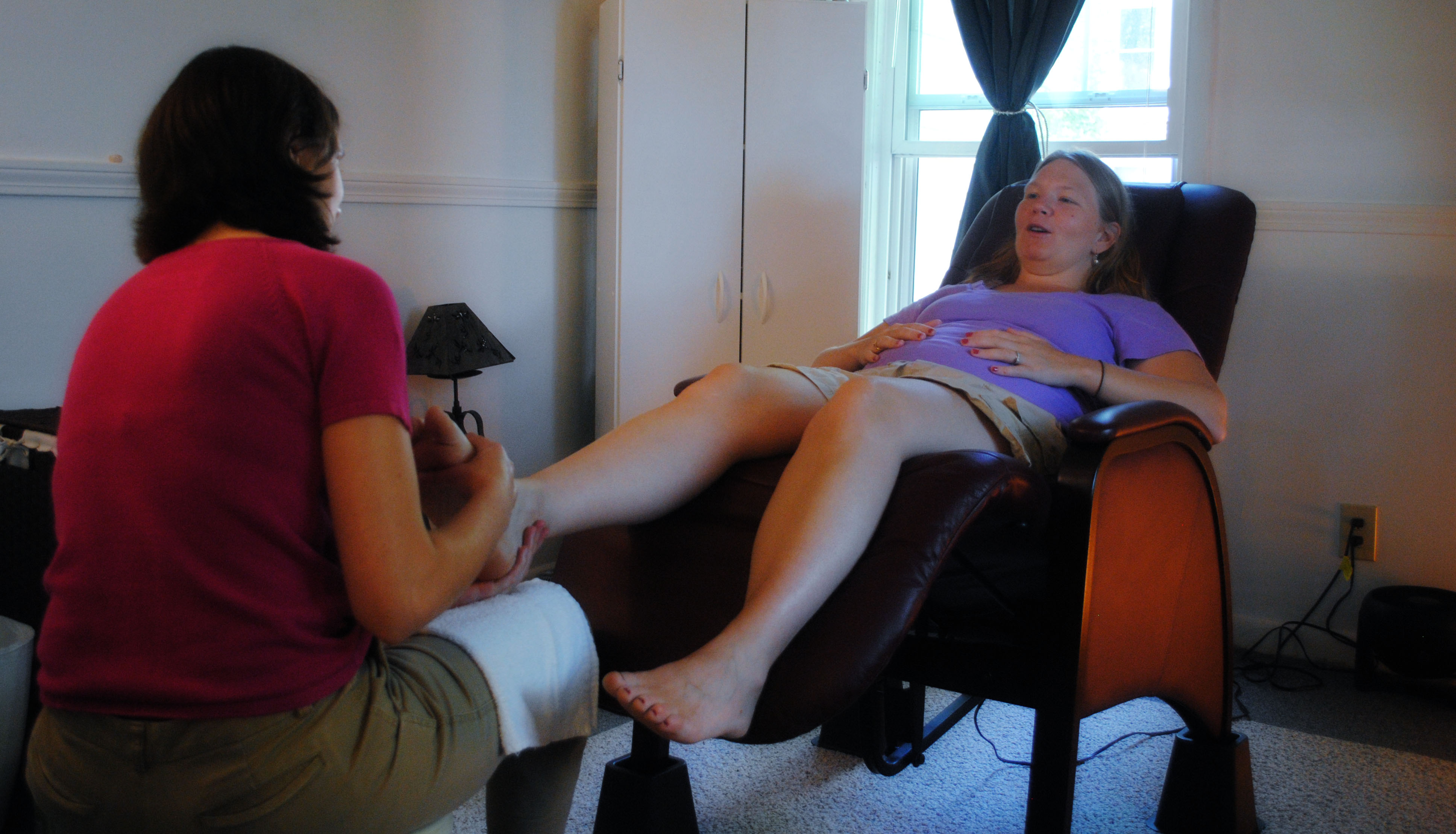
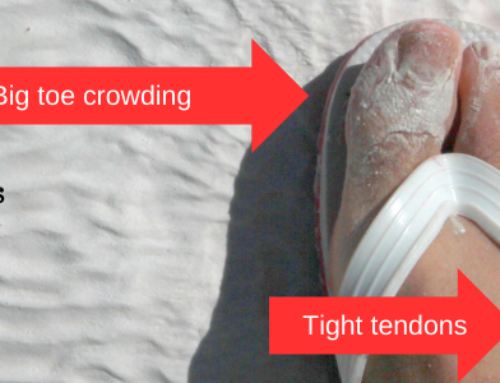
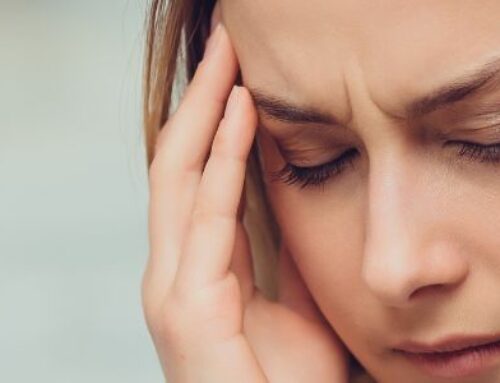

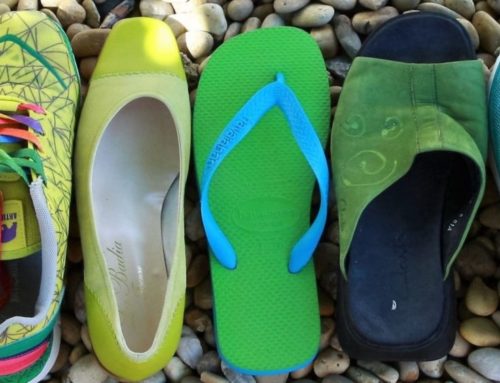
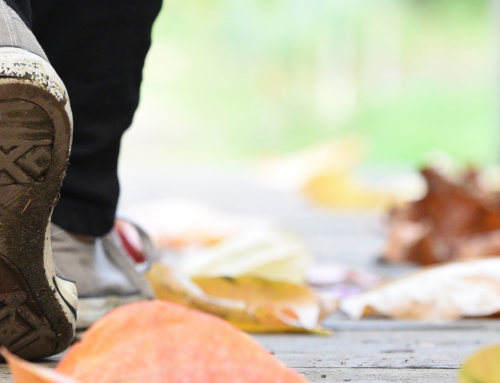
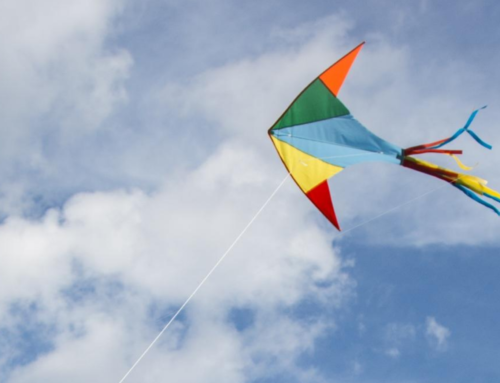
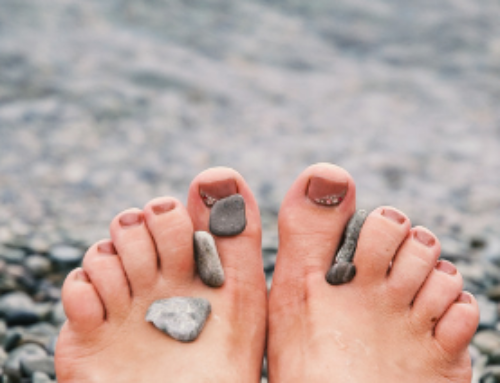
Leave a Reply